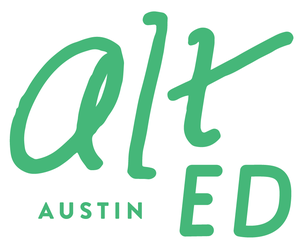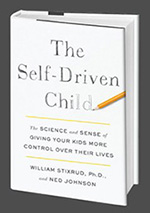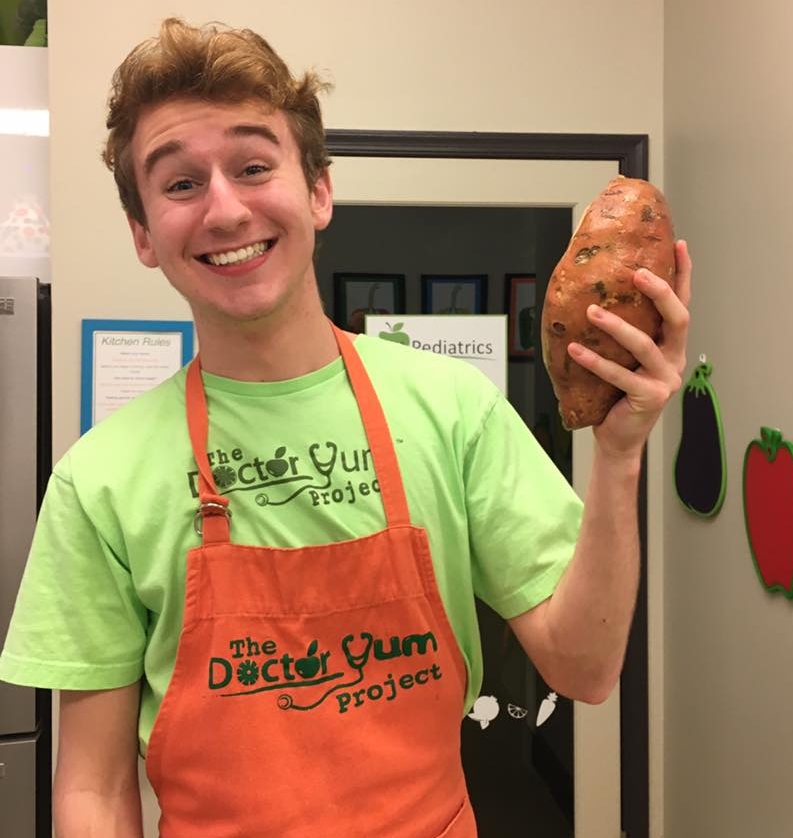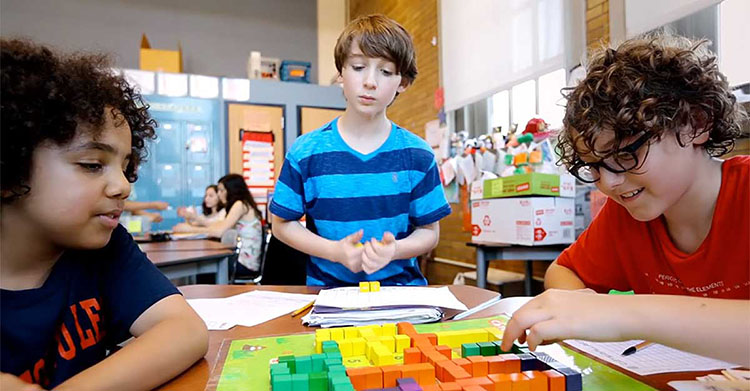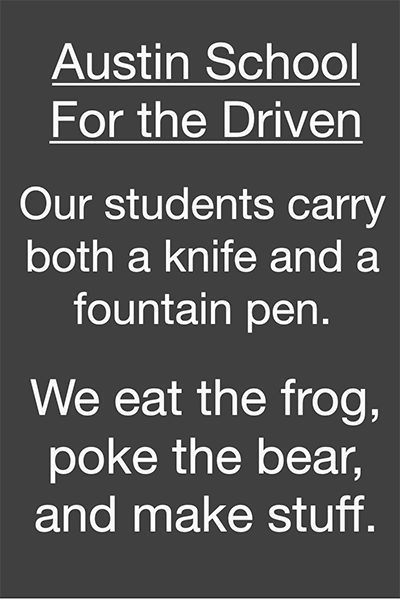Announcing the Alt Ed Job Board
/
Almost as soon as this website went live, back in 2011, I started receiving messages from educators looking for jobs in the kinds of schools and educational programs that were featured here. Many of these inquiries came from teachers or administrators working in traditional school systems who were nearing the burnout stage and looking for a workplace where they could re-engage their creative talents, reignite their love of the learning process, and feel better supported both professionally and personally. Others were people who had attended or worked in alternative education in other regions and were interested in moving to Austin specifically to be part of a larger ecosystem of like-minded educators.
I tried my best to connect these job seekers with members of Alt Ed Austin’s network of schools and other educational programs that might have openings, but this tended to be a hit-or-miss proposition. It was time consuming, too.
Soon I also began to get requests from schools to post job openings somehow on the website. But I didn’t really have a good place or mechanism for doing so, and I wasn’t sure it fit into Alt Ed Austin’s primary mission of serving families looking for educational options. Still, I kept informally passing along information about job openings to prospective job candidates, and vice versa.
Then I received a desperate plea from a parent whose child’s beloved teacher was moving across the country for family reasons. She wrote, “We love the school. We love the teacher who is leaving. Our child and his classmates have been thriving here. But our school director and community are having a heck of a hard time finding someone who could even come close to filling her shoes. Can you help?” This parent’s message convinced me that helping fill open positions in alternative education falls squarely within Alt Ed Austin’s mission. Of course families want to know that open spots will be filled in a timely manner by great educators who are the best fits for their learning communities.
Thus was born the Alt Ed Job Board. I’m proud and excited to say that it’s been in its pilot stage for a couple of months now and is officially here to stay. Please pass the word (and link!) to anyone you know who is looking for fulfilling work in education or who has a position to fill in a learner-centered school, enrichment program, summer camp, or other education-focused organization. And to those in the midst of a search: I hope you find the perfect match.
Teri
